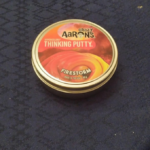Cornmeal, Whiskey and Gourmet Fungus
This summer, on a not-quite-whim, we turned a large chunk of our backyard into a cornfield. It wasn’t quite a whim, because we knew we wanted to expand our garden; however that hadn’t materialized by June, when we took a family trip across the western border to beautiful Monroe County, West Virginia. There we found a small historic grist mill, still operated by waterwheel, that grinds and sells heirloom corn flour. The owner and operator of the mill, himself a historic landmark, gave us tons of information about the corn and the mill. He processes Bloody Butcher corn, a heritage variety with a rich Appalachian history dating back to American Indian times. Bloody Butcher corn has intermixed red and yellow kernels, and the flour is white flecked with red. It is an antique, open-pollinated variety of corn, which comes with extra precautions but also the advantage of allowing us to save seed for the next year’s crop. It also happens to be in high demand among craft brewers and moonshiners. With visions of massive profits from our nationally acclaimed heritage corn farm, we promptly bought not only flour but some seed corn to see what we could do ourselves. At home, we fenced off a patch and planted several rows.
Well, here’s a status report after 4 months. First, what worked: the corn grew astoundingly well – the tallest stalks are probably over 10 feet high. The 7 foot high fence successfully kept all varmints bigger than a rabbit out of the corn patch.
Now, what didn’t: when you try corn farming by the seat of your pants, chances are you’ll have some interesting experiences. We did. First, having not treated the soil, we ran into some nitrogen deficiency problems. Second, having planted very late, we found a lot of our crop destroyed by worms. Third and most interestingly: we accidentally also produced a valuable fungus. Called corn smut by most people, it is also known as huitlacoche and is extremely sought after in Mexico and among trendy foodie people. Yes, believe it or not, people eat this stuff!
We tried it. It was surprisingly mild, and added to the flavor and texture of other foods. Just keep your eyes closed while eating it.
Now, what we hope to do in the future: first, this fall we’ll harvest and dry all the corn we can salvage and attempt to grind our own cornmeal. Beyond that, we don’t quite know. We might still make a killing, either selling heirloom corn to New England distillers or selling exotic fungus to local Mexican restaurants. It’s also possible we might just subsist on cornbread and grits, with a few worms for extra protein, at least until our neighbors contact the authorities about the corn field overrunning our backyard. At that point, we’ll have to bribe them with home-brewed whiskey, then re-zone our property, and go on to international fame.
More from Tim Carr
- Virginia’s Native Allspice
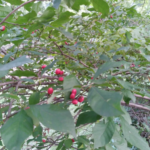
- Wet and Wicked Weather in Western Virginia – Part 3
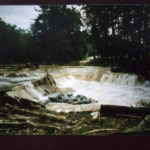
- Virginia’s Earth-shaking Events

- Roanoke – the Star City Game
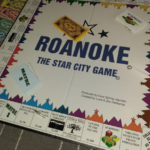
- Saving the Planet, one Semi-Immortal Toyota at a time

- Chic(k) Lifestyle – Part 1
- Books to Read Aloud – Caddie Woodlawn
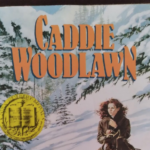
- 5 Random Items We No Longer Want To Do Without
